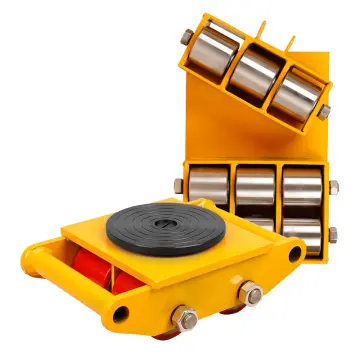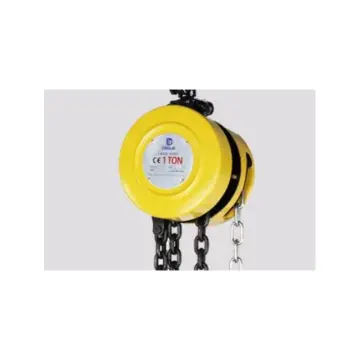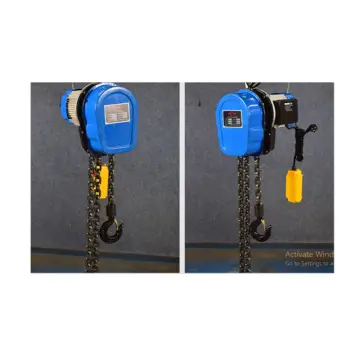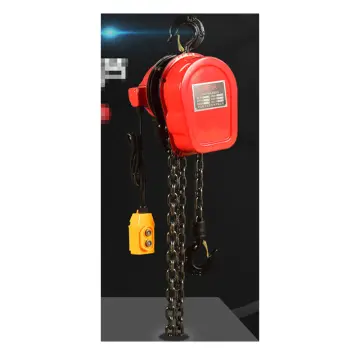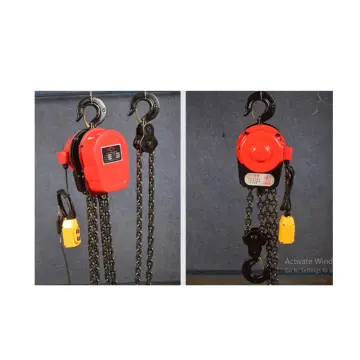Mobile hydraulic forklift
Key functions
Lifting and lowering:The primary function is to raise and lower heavy goods using hydraulic cylinders and the work.
Mast tilting:
Hydraulic pressure allows the mast to tilt forward or backward for easier load engagement and stability.
Side-shifting:
Many forklifts incorporate a side-shifting function, powered by hydraulics, to precisely align loads without moving the entire forklift.
Steering:
The hydraulic system also provides the force for steering, allowing the mobile unit to navigate tight spaces.
How it works
Fluid reservoir: A tank holds the hydraulic fluid.
Hydraulic pump: The pump, activated by the engine, pressurizes the hydraulic fluid.
Control levers/valves: The operator uses levers to direct the pressurized fluid through hoses to specific cylinders.
Hydraulic cylinders: These cylinders receive the fluid and extend or retract, moving components such as the forks and mast.
Application
Hydraulic forklifts are essential for material handling in various environments:
Warehouses: For stacking, moving, and retrieving goods on pallets.
Manufacturing facilities: For moving components and finished products within production areas.
Construction sites: For moving materials and equipment.
Loading docks: For efficient loading and unloading of trucks and containers


